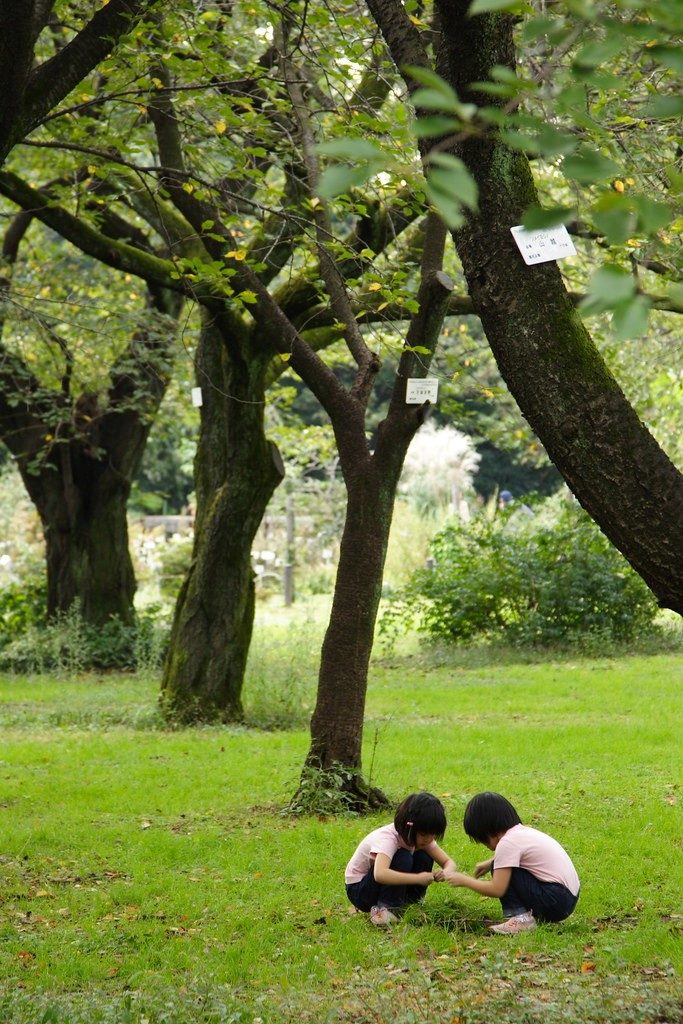Why Young Twins Behave Like Fair-Weather Friends

A mother of seven-year-old identical twin girls requested that I write a blog post specifically to help parents of nontwins understand why some twin pairs struggle to make friends with their singleton peers. This mom described a very familiar dynamic: one daughter’s friend wanted her exclusive attention instead of having to share it with the twin. Naturally, this seven-year-old was torn between her loyalty to her twin and the desire to make her own friend. Most identical twin girls at this age push out any singleton friends to honor and protect their bond. At this juncture, they can more readily share a friend than make individual connections.
Parents of nontwins usually need an explanation for why some identical twin pairs at this developmental stage are not prepared to make room for an “intruder.” These seven-year-old girls are not emotionally ready to change the parameters of their dyadic relationship. They will do so as they mature; however, at this point, they cannot allow someone to come between them. The mother of these twins wants moms of singletons to understand this twin dynamic as a developmental stage rather than a personal insult to another child. You can explain to your singleton who wants to befriend one member of a twin pair that this is a very new and difficult experience since the twins share almost everything all of the time. Provide examples, such as sharing attention, time, toys, and mom and dad.
In my book Emotionally Healthy Twins, I discuss in detail why some twin pairs have difficulty integrating other children into their relationship. Since my sons were placed in different classes at the same school for many years, they were able to make their own friends. The fact that my sons are fraternal twins made achieving this milestone considerably less complicated. Unlike identical twin girls or boys, fraternal twins have vastly different preferences and skills. Consequently, they gravitate to diverse friendships and activities. Identical twins, though they have very distinct personalities, frequently enjoy similar activities and classes. In fact, I have spoken with many moms of twin girls who say that their daughters immediately connect with other sets of twins in their classroom or school. The moms notice that each twin in one set matches up with the one most similar in personality in the other pair. The four enjoy one another seamlessly because they have all learned how to share, to delight in imaginative play, and to create a place for each girl so no one feels excluded or left out.
Identical twins do not necessarily develop at the same rate. One might be ready for a sleepover while her sister may not; one might advance in her gymnastics class while her sister is not yet qualified to go to the next level. And so it goes with friendships. One twin may precede the other in seeking friends outside of the twinship. While a mom may be heartbroken to see one twin withdrawing from her sister, separation needs to take place gradually so each twin has an opportunity to grow into her individual personhood. Twins seek this experience at different ages. I have spoken with adolescent twins who did not make their own friends until they went to college. Twins who have opportunities to make friends outside of the twinship develop stronger skills in making friends on their own and enjoy more confidence in social activities because they feel less dependent on their sibling to provide comfort and security.
Image courtesy of mrhayata (CC BY-SA 2.0)

